Three months have passed since I purchased the Olympus 300mm f4 Pro lens, and these are my findings so far.
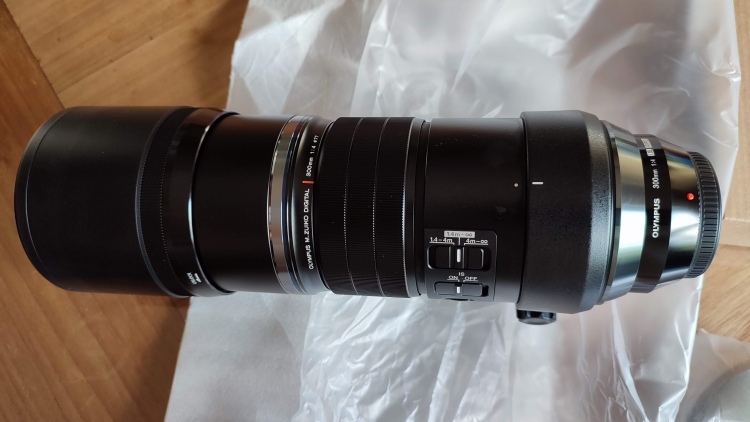
There’s a lot said and written about this lens, claiming it to be the best and sharpest lens Olympus has ever made. So, my expectations were very high. Well, it is certainly sharp, but it’s a lens that costs nearly €3000, so I believe it should be exceptional. I bought the lens brand new, and I was able to get a good deal, but to be honest, if that weren’t the case, I would probably sell it back.
I must say I’m somewhat disappointed. However, it is sharper than, for example, the Leica 100-400mm f4-6.3. You can see that in the comparative photos I have taken below. They were taken consecutively with the same camera, the E-M1X, using the same settings: 300mm, shutter speed of 1/500, aperture of f5.6, both on auto ISO. Although the results are close, there is indeed a difference. The question is whether it’s worth the price tag, considering that the Leica (or the Olympus 100-400mm) can be purchased new for around €1300, less than half the price. But let’s take a look at some results, all JPEGs straight out of the camera, untouched, and all shots are hand shots.
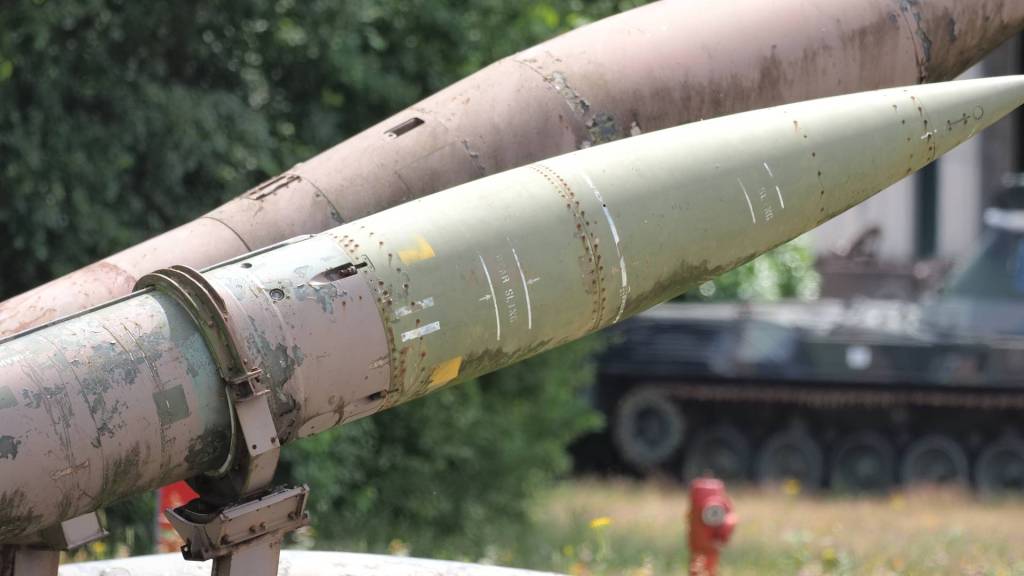
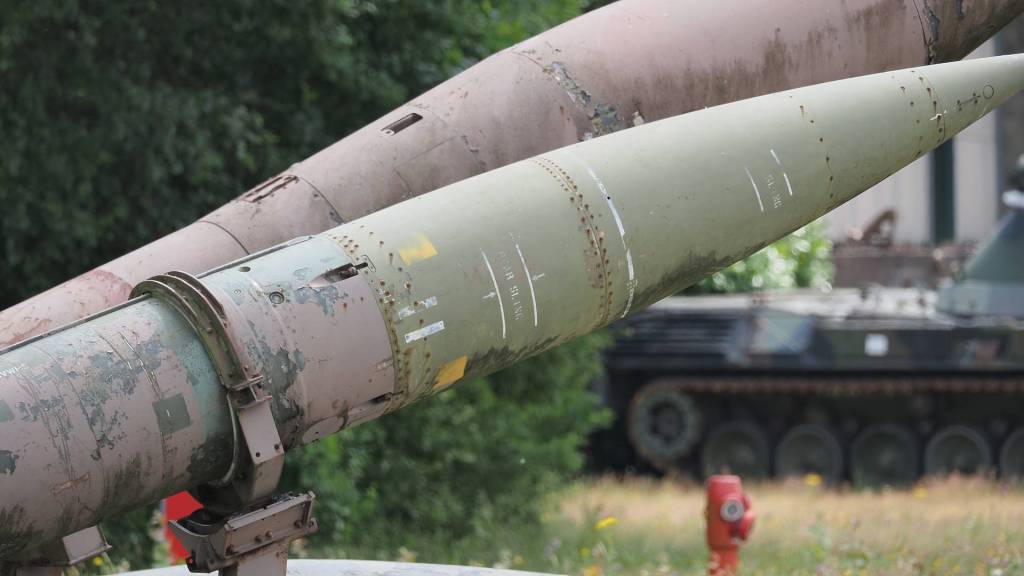
With the exception of a slight variation in color and contrast, the two images are nearly indistinguishable – distance 50m
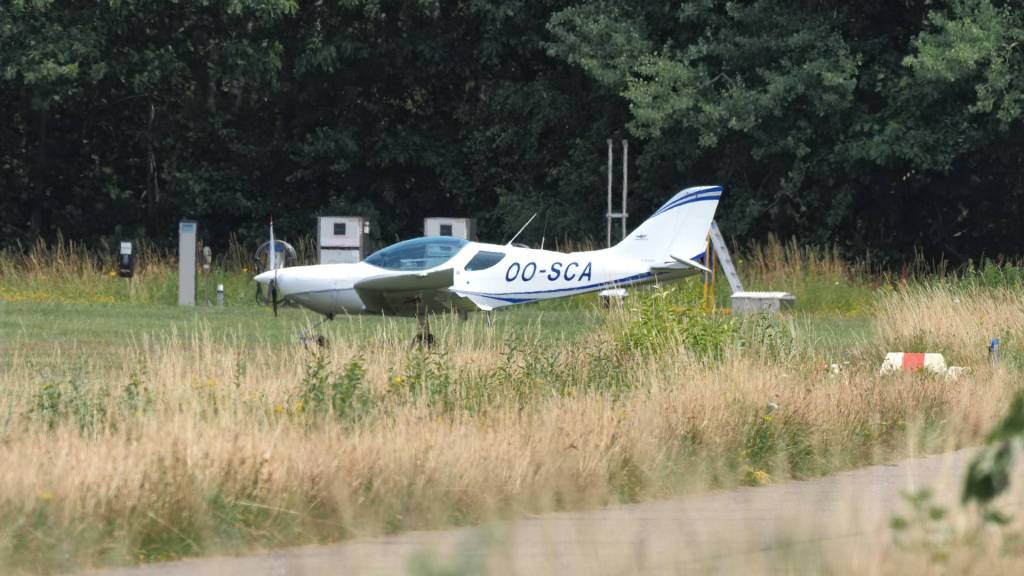
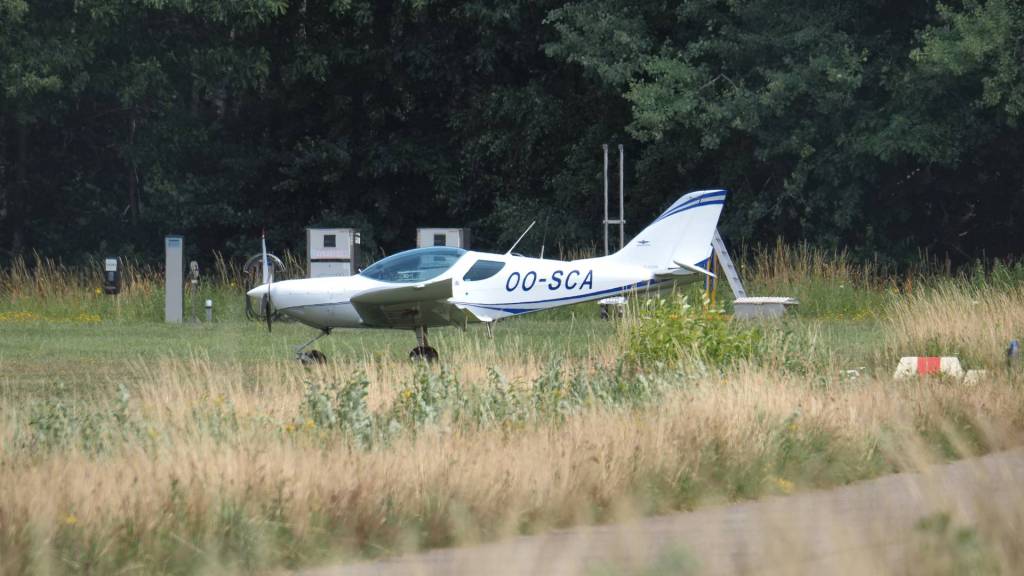
Not much difference here either, maybe the Leica even slightly better – distance 130m
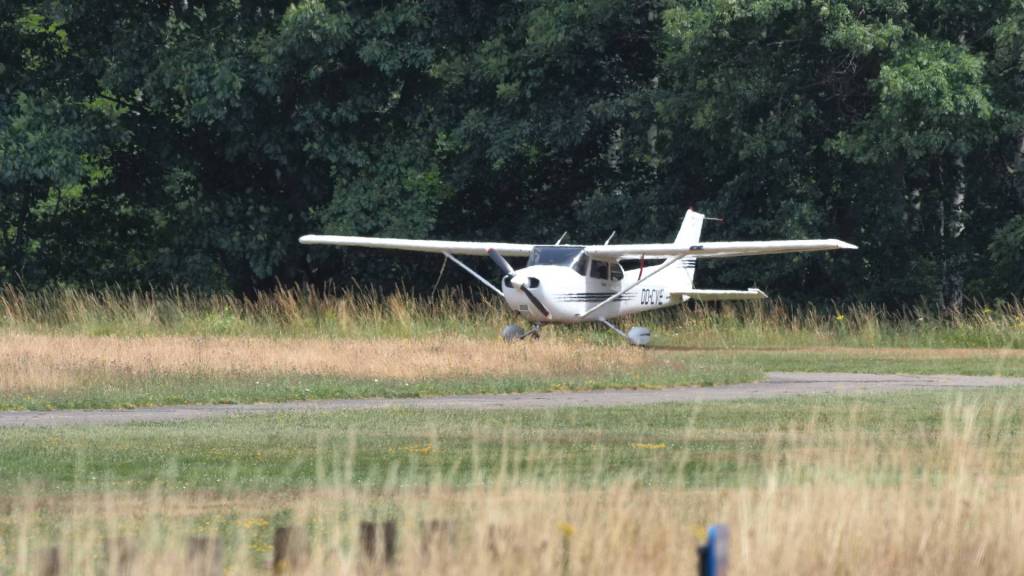
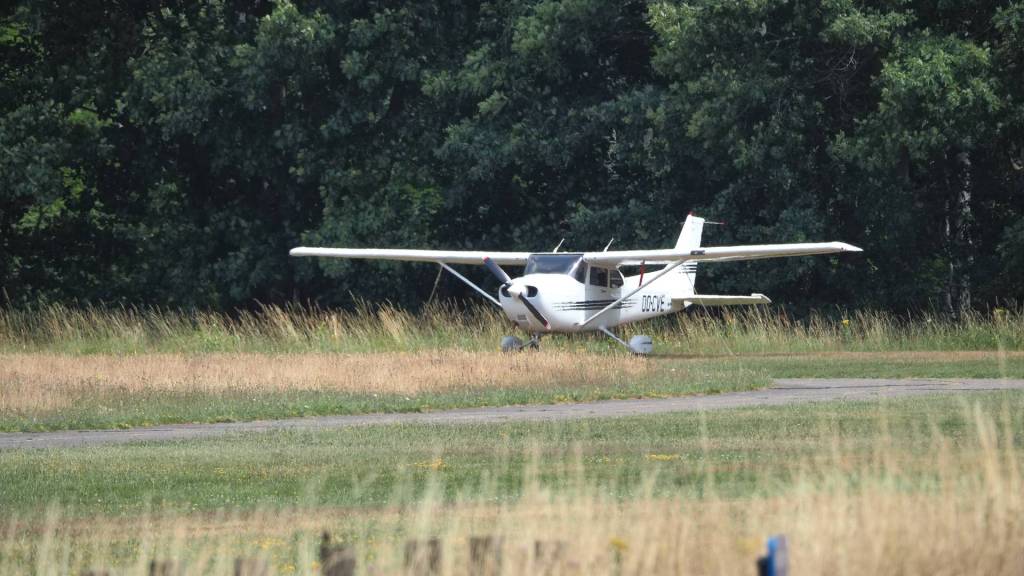
Same as before, slightly better with the Leica I think – distance 135m
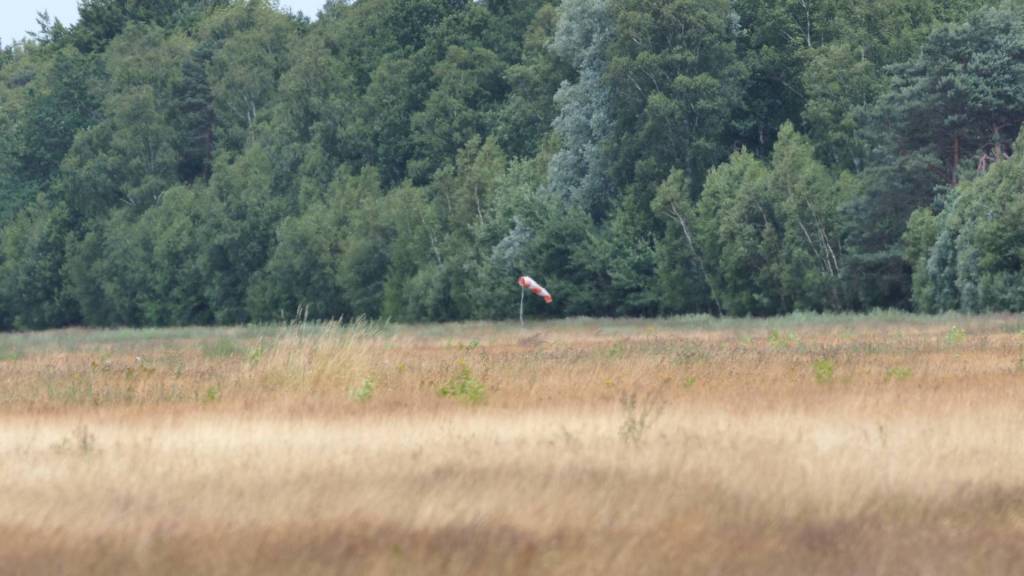
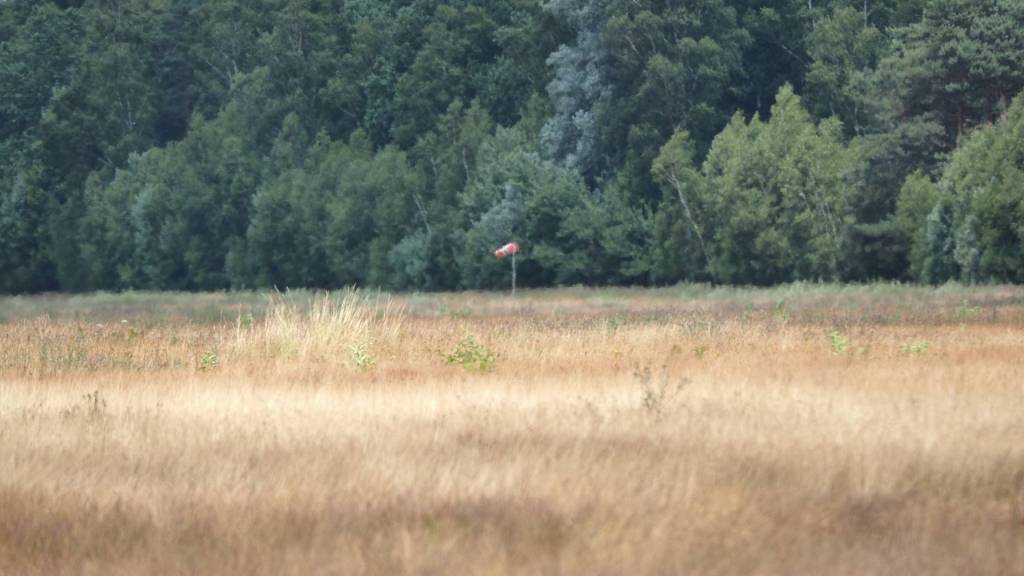
Here, Olympus is clearly better, as you can see from the trees – distance 330m
The windsock was at about 330m, the images are not sharp, I know, but that is also due to atmospheric disturbances (rising heat) the distance and all pictures are also hand-held – since shooting with olympus I have not used a tripod once .
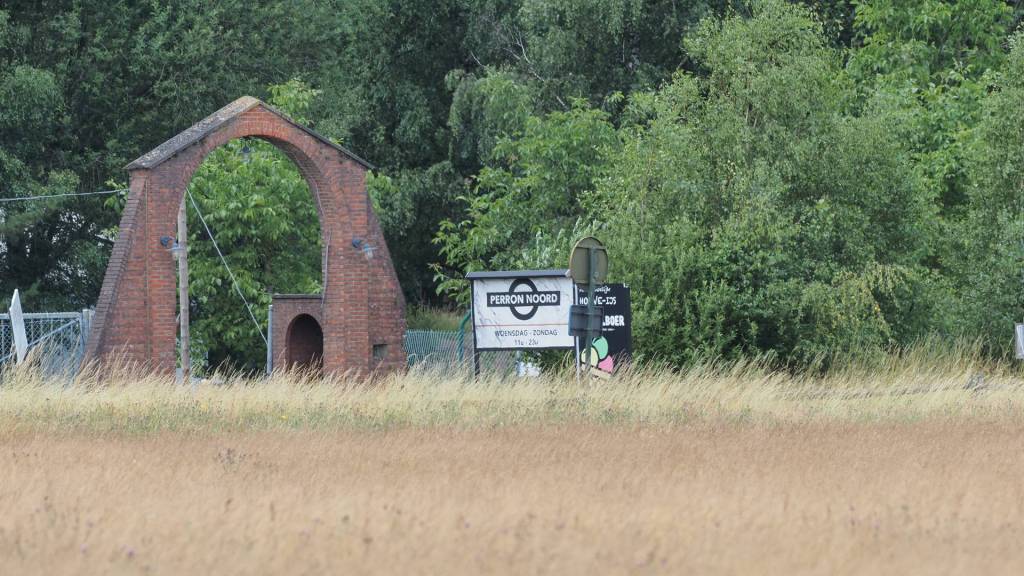
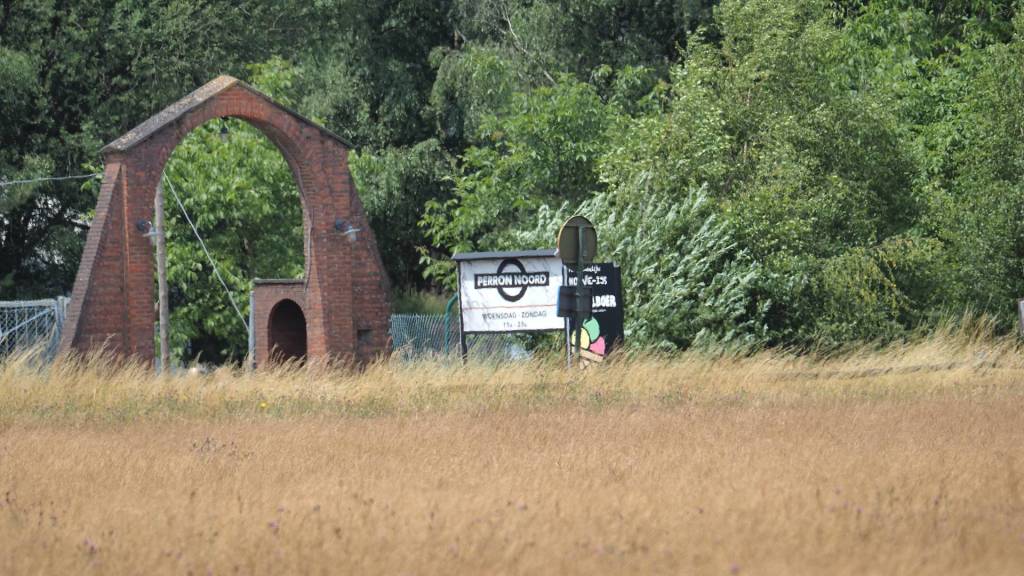
Better for Olympus again, the sharpness of the letters on the board is better – distance 280m


On the left side, the Olympus shot, you can clearly see sharper bricks – distance 250m


Sharper and calmer image with the Olympus – distance 15m
Considering that these are not authentic scientific test outcomes and were captured without the use of a tripod, it is possible that motion may have influenced the quality of these photographs. Nevertheless, these images represent only a small portion of the total number taken, and my conclusions are drawn from a comprehensive analysis of all the photos, the lens’s user experience, and a direct comparison between the two lenses.
Without a doubt, it is evident that a high-quality zoom lens like the Lumix Leica 100-400mm offers significant advantages in terms of convenience and usability compared to a prime lens. Additionally, it is more compact and lighter, with only a minor disparity in image quality.
The Pros: The Olympus 300mm f4 Pro delivers a sharper and smoother image compared to my Leica 100-400mm lens. One of its advantages is that it is one stop faster than the Leica, with an aperture of f4. Additionally, it maintains its sharpness when used with a teleconverter like the MC14, giving me a slightly larger reach than the Leica, specifically 420mm. I have also noticed that the image stabilization is better than the Leica, which is an important advantage for me.
The Cons: The Olympus 300mm f4 Pro is expensive, heavier (300g more than the Leica), and 55mm longer than the Leica 100-400mm. Another significant drawback is that it’s a prime lens, meaning you cannot zoom, which can take some time getting used to.
For me, the choice is relatively easy to make, but that may not be the case for everyone. In my situation, the price difference between a new Leica 100-400mm (or Olympus 100-400mm) and the Olympus 300mm f4 Pro is approximately €500. I believe the lens is worth that difference, and therefore, I will definitely keep it. However, if I had spent €3000, I would seriously consider selling it back. If money is not an issue for you or if you can buy the lens second-hand for less than €2000, I would not hesitate and go for the Olympus 300mm f4 Pro.
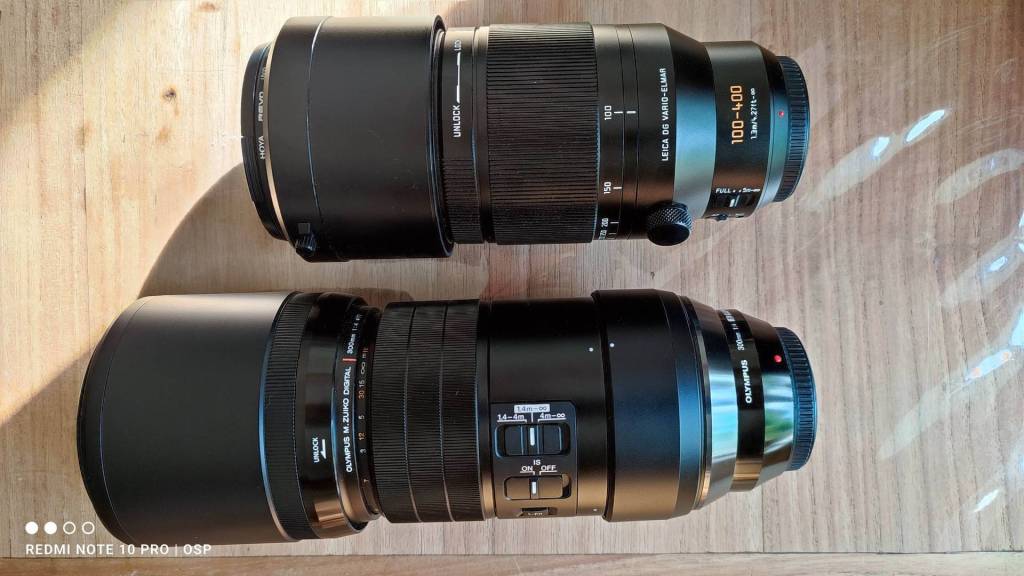
Previous articles about the Olympus 300mm :
Unboxing and initial toughts : /2023/03/17/olympus-m-zuiko-digital-ed-300mm-f4-0-is-pro/
Using protectors or UV filters on the Olympus 300mm Pro : /2023/03/24/olympus-300mm-f4-pro-sharpness-and-hoya-filters/
It is worth noting that all the photographic equipment here used and tested belongs to me; I personally purchased and paid for it. Additionally, all the ideas, opinions, and thoughts expressed in my reviews are entirely based on my own research and assessments. It is important to emphasize that I am not sponsored in any manner to promote any specific gear or brands.

The photo gallery of Open Source Photography, Olympus micro 4/3 system, Vintage Lens Photograpy, Film Simulation, PictureFX, HDR – Photographer : Marc R.
Discover more from Open Source Photography
Subscribe to get the latest posts sent to your email.


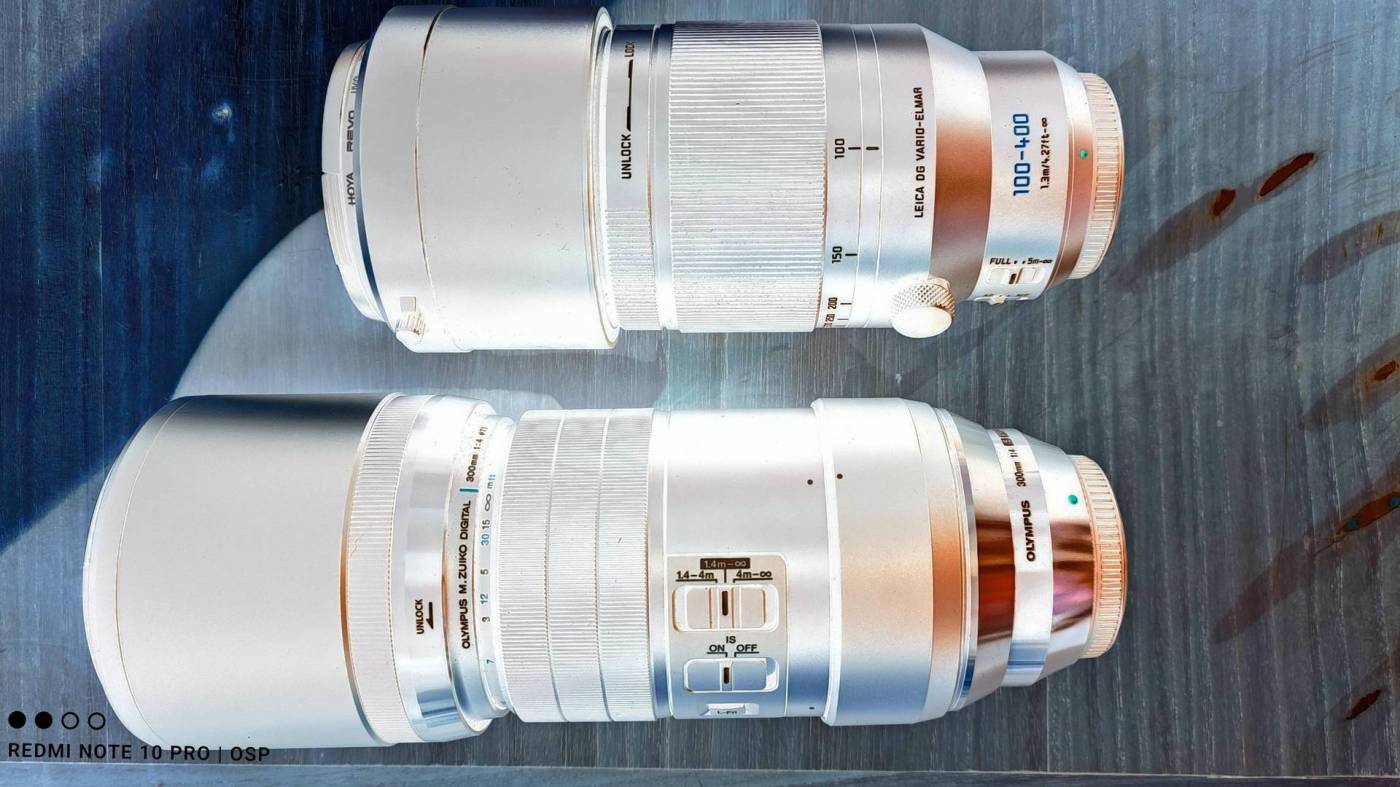

Great summery and and findings Marc. I don’t think I have any use for a 300mm prime, especially at such a cost! I find the 56mm 1.4 (85mm) I have for my X-T3 restrictive enough 😂 Great examples for anyone interested in this lens though.
LikeLike
Nice review, thanks for sharing your personal opinion.
LikeLiked by 1 person
As always, your comments are very much appreciated Rudi !
LikeLike
Thanks for this. Anita
LikeLiked by 1 person
Your comment is appreciated Anita !
LikeLiked by 1 person